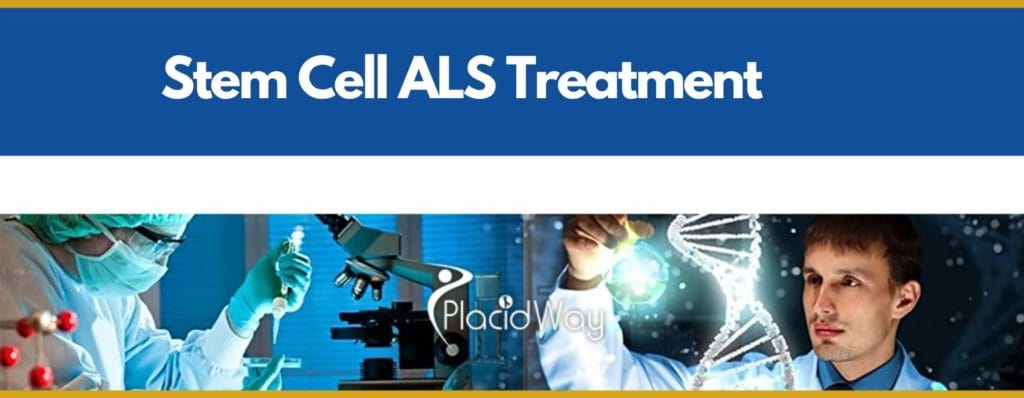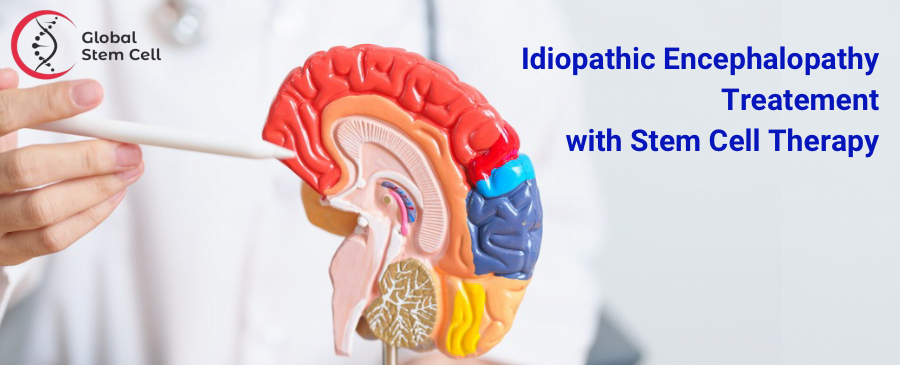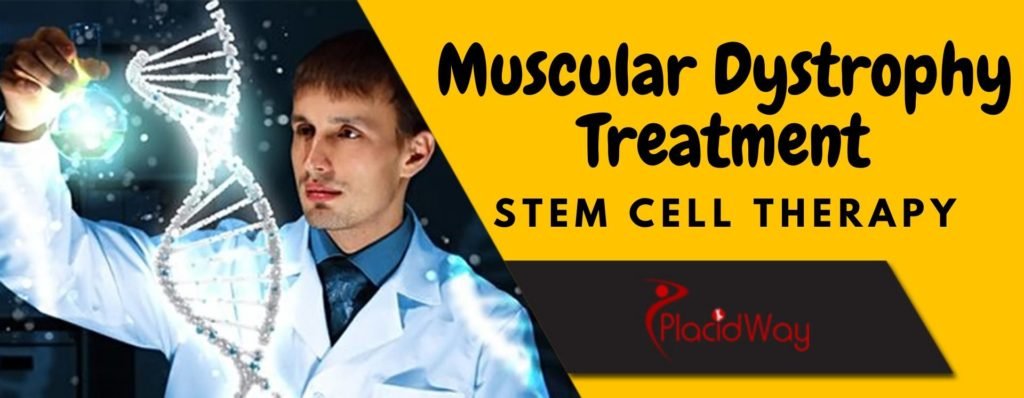What is Down Syndrome?
Table of Content
Down syndrome is a genetic condition caused by the presence of an extra copy of chromosome 21. Typically, each cell in our body has 23 pairs of chromosomes, and one copy of each pair comes from each parent. In Down syndrome, a person has three copies of chromosome 21 instead of the usual two. This extra genetic material disrupts the normal course of development, leading to a variety of physical and mental characteristics.
What Causes and Types of Down Syndrome?
Down syndrome arises due to an abnormality in cell division during the formation of either sperm or egg cells, leading to an extra copy of chromosome 21.
In kids with Down syndrome, one of the chromosomes doesn’t separate as expected. The child winds up with three duplicates, or an additional fractional duplicate, of chromosome 21, rather than two. This additional chromosome brings on some issues as the cerebrum and actual components create.
There are three types of Down Syndrome :
Trisomy 21 (Nondisjunction): This is the most common cause, accounting for roughly 95% of Down syndrome cases. Here’s a breakdown of what happens:
- Normally, during cell division (meiosis) for sperm or egg cell formation, each parent contributes one copy of each chromosome (23 total) to create a new cell with 23 chromosomes.
- In nondisjunction, there’s an error in cell division where both copies of chromosome 21 from one parent end up in the same sperm or egg cell. This results in a reproductive cell with 24 chromosomes instead of the usual 23.
- When this abnormal sperm or egg cell fertilizes a normal egg or sperm cell, the resulting embryo will have 47 chromosomes instead of the typical 46 (23 from each parent). Three copies of chromosome 21 are present,causing the characteristic features of Down syndrome.
Translocation: This accounts for about 4% of Down syndrome cases. In translocation, a portion of chromosome 21 detaches and attaches itself to a different chromosome, most commonly chromosome 14. This translocation can occur during sperm or egg cell formation. Here’s the key difference:
- Unlike trisomy 21 where there’s an extra full copy of chromosome 21, translocation involves a rearrangement of existing chromosomal material. The total amount of genetic material from chromosome 21 remains the same, but having an extra copy attached elsewhere disrupts development.
- The risk of translocation-related Down syndrome can be passed down from a parent who carries a balanced translocation (extra chromosomal material with no Down syndrome symptoms) to their children.
Mosaic Down syndrome: This is the rarest type, occurring in about 1% of Down syndrome cases. Mosaicism arises due to an error in cell division after fertilization. Here’s what unfolds:
- In a mosaic case, some cells in the developing embryo have the typical two copies of chromosome 21, while other cells have three copies. The proportion of cells with the extra chromosome can vary.
- The severity of symptoms in mosaic Down syndrome can differ depending on the percentage of cells with the extra chromosome. Individuals with a higher percentage of cells with trisomy 21 will likely experience more pronounced symptoms.
Symptoms of Down Syndrome
Down syndrome is a genetic condition caused by the presence of an extra copy of chromosome 21. This extra genetic material alters development, leading to a variety of physical and cognitive characteristics. Here’s a breakdown of some common symptoms of Down syndrome:
Facial Features:
- Flattened facial profile, including a bridge of the nose that appears low
- Upward-slanting eyes (palpebral fissures) with a fold of skin on the inner corner (epicanthal folds)
- Small ears
- A smaller than average head size (microcephaly)
- A protruding tongue
Physical Characteristics:
- Short stature, with adults with Down syndrome typically reaching only 4’8″ to 5’0″ in height
- Short neck
- Weak muscle tone (hypotonia)
- Small hands and feet with a single crease across the palm (palmar crease)
- Short, broad fingers with a pinky finger that may curve inwards towards the thumb
Developmental Delays:
- Intellectual disability, ranging from mild to severe
- Delayed speech and language development
- Difficulty with motor skills, such as walking, balance, and coordination
- Learning difficulties
Other Health Conditions:
- Increased risk of certain medical conditions, including heart defects, digestive problems, hearing loss, vision problems, thyroid issues, and sleep apnea.
Down Syndrome Treatment with Stem Cell Therapy
Down syndrome is a genetic condition caused by an extra copy of chromosome 21. While there’s no cure, various therapies aim to improve a person’s quality of life. Stem cell therapy emerges as a potential treatment option, but it’s crucial to understand its current stage and limitations.
How Could Stem Cell Therapy Work?
Stem cell therapy uses stem cells, which have the ability to develop into various cell types. The theory behind using them for Down syndrome is that they could:
- Differentiate into healthy brain cells: The extra chromosome 21 disrupts brain development. Stem cells might potentially differentiate into healthy brain cells, promoting improved cognitive function.
- Reduce inflammation: Down syndrome is associated with some degree of inflammation in the brain. Stem cells have properties that could help reduce this inflammation, potentially leading to improved neurological function.
- Support existing cells: Stem cells might secrete factors that support the growth and survival of existing brain cells,potentially improving overall brain health.
Current Status of Stem Cell Therapy for Down Syndrome
It’s important to understand that stem cell therapy for Down syndrome is still in its early stages. While some research shows promise, it’s primarily focused on:
- Animal models: Studies in animals have shown some positive effects of stem cell therapy on brain development and function.
- Cell lines: Researchers are studying the effects of stem cells on Down syndrome cells in laboratory settings.
- Early-stage clinical trials: A limited number of small clinical trials are exploring the safety and potential benefits of stem cell therapy in people with Down syndrome.
Important Considerations
- Limited Evidence: Currently, there’s not enough scientific evidence to definitively say stem cell therapy is a safe and effective treatment for Down syndrome in humans.
- Safety Concerns: As with any new treatment, there are potential risks associated with stem cell therapy, such as infection or tumor formation.
- Ethical Concerns: The source and type of stem cells used raise ethical considerations that need careful evaluation.
- Financial Considerations: Stem cell therapy can be expensive, and insurance coverage is often limited.
How Stem Cells Might Offer Hope for Down Syndrome Treatment
Down syndrome is a genetic condition caused by an extra copy of chromosome 21. While there’s no cure currently, stem cell therapy is an emerging area of research with the potential to improve the lives of people with Down syndrome. Here’s how:
1. Targeting the Underlying Cause (Potentially):
Down syndrome symptoms arise from the extra genetic material. Some researchers believe that specific types of stem cells might be modified to target chromosome 21 or silence its extra genes. This is a highly complex area of research, but it holds promise for potentially addressing the root cause of Down syndrome.
2. Promoting Brain Development and Function:
The extra chromosome 21 can affect brain development and cognitive function in Down syndrome. Stem cells could potentially be used to:
-
Stimulate the growth of new brain cells: Neural stem cells, derived from the brain or reprogrammed from other cell types, could be introduced to promote the growth of healthy neurons.
-
Improve the function of existing brain cells: Stem cells might release growth factors and other supportive molecules that enhance the function and communication of existing brain cells.
3. Reducing Associated Health Problems:
Down syndrome can increase the risk of certain health issues. Stem cells might be used to:
-
Improve heart function: Some studies suggest stem cells could help regenerate damaged heart tissue in people with Down syndrome.
-
Enhance immune function: Stem cells could potentially modulate the immune system, potentially reducing the risk of infections common in Down syndrome.
FAQs About Down Syndrome Treatment with Stem Cell Therapy
Can stem cell cure Down syndrome?
A 3 year old baby born with Down Syndrome having subnormal motor skills has shown improvement after undergoing stem cell treatment at a hospital here, doctors said on Friday. Down Syndrome a genetic disorder is incurable.
What is the success rate of stem cell therapy?
The popularity of stem cell treatments has significantly increased, thanks to its high effectiveness and recorded success rates of up to 80%. It is a modern type of regenerative medical treatment that uses a unique biological component called stem cells.
Are stem cells safe to use?
Yes, stem cell therapy is a safe procedure. The physician must follow proper cell administration techniques. Patients must also be screened for treatment candidacy as all people may not be a candidate for stem cells
What are the side effects of stem cell therapy?
The most widely recognized incidental effects during stem cell imbuement are fevers, cerebral pains, chills, flushing, and queasiness toward the finish of the implantation — which can happen as long as one hour after the stem cell mixture is finished. Sometimes, intravenous liquids or drug can be given to help forestall or decrease these impacts.
Where can you go for Stem cell therapy for Down Syndrome?
There are plenty of destinations in the world that offer high quality stem cell therapy for Down Syndrome.
Visited by numerous patients. Just some of the where you can find certified stem cell therapy clinics treating local and international patients who struggle with Down Syndrome.
Explore more medical centers for stem cell therapy all over the world
For more details about Down Syndrome Treatment with Stem Cell Therapy, click below:







